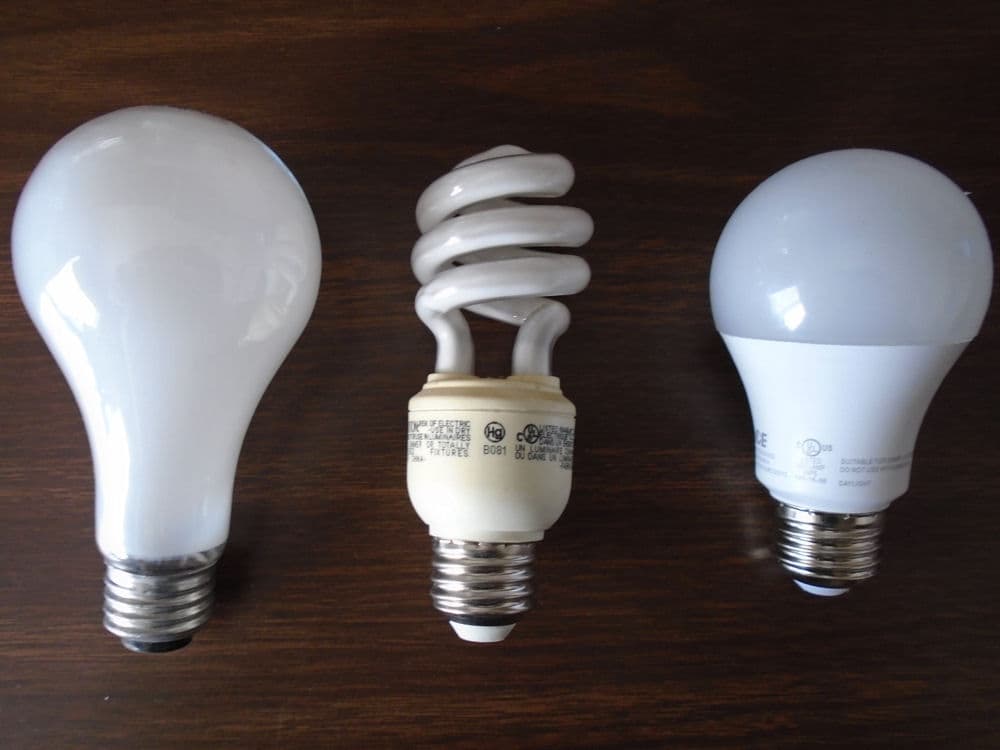(For an introduction to this E3 blog series click here)
Put to one side for a moment whether we need to do anything about climate change. Assume it is real and we need to do “something.” There are a wide variety of “somethings” that we can do. Indeed, right now we are in the “throw spaghetti on the wall and see what sticks” phase.
But let’s face it, we have many more problems than climate change (even assuming it is a real problem). There is, if you will, strong competition for scarce public resources to solve problems. I would think it hardly controversial to state that we should spend public tax dollars in the most cost effective way possible. Bjorn Lomborg makes the point that we don’t want to just feel good, we want to DO good!
For example, if there are two competing proposals to reduce a certain amount of greenhouse gases, all other things being equal, the one that does it cheapest should be chosen. Similarly, if there are two competing proposals that will save lives, we should choose the one that saves lives for lower costs. What if one proposal is to save a life a century from now and one to save it today? More difficult, what if one is to buy mosquito netting for developing countries to mitigate malaria and another to slow the increase in global temperature in 50 years? These all involve difficult trade-offs on how to use scarce resources.
Nearly every discussion of remedies for climate change discusses the enormous opportunity for energy efficiency. Based on engineering models, rather optimistic claims are made for the potential for investments in energy efficiency to cure a variety of what ails us, often called a win-win-win situation. We would use less energy. Our total energy bills would be reduced. We would emit less greenhouse gases. We would need to build fewer electric power plants. And best of all, the return on investment would rival that of Bernie Madoff’s and it would be tax free.
To be fair, the US does have an energy efficiency problem. If energy prices (either gasoline or electricity) are distorted, then by definition are we not using energy efficiently. This has possible environmental, energy security, and economic implications.
Both liberal and conservative energy analysts agree that the way that electricity is priced in the US leaves lots of room for improvement. Broadly, we set prices that are too low in the peak period and too high in the off-peak period. Additionally, many states set electricity rates in a way that gives electric utilities incentives to build new power plants rather than to invest in electric efficiency technologies.
The key disagreement between market oriented analysts and many liberals is the technique that should be adopted to correct these problems. Market analysts promote the use of competition and market forces and market-based regulatory approaches to achieve better pricing signals for consumers. Once prices are “efficient,” then let the consumer choose how to make the myriad trade-offs as to how to spend their money. Many liberals promote a much more command-and-control regulatory approach to rectify the distortions created by bad pricing. In essence, they don’t believe the consumer will make the “right” choices and thus adopt policies that force correct choices.
In 2015, a dramatic study was released by several professors from the University of Chicago and University of California at Berkeley. The study found that the engineering model that is most often used to project the costs and benefits of energy efficiency technologies was seriously flawed. It found that the model’s projections seriously overestimated the energy savings that would result from investing in a given technology. This is important because public monies are often used to fund investments in energy efficiency. If the study is correct many projects that are funded do not meet the standard of being cost beneficial.
The study caused quite a stir in the energy policy community. It threatened to slaughter one of the sacred cows of progressives. But the study is significant because it is the first of its kind to comprehensively study the actual after-the-fact results to compare projected energy savings to actual energy savings. If the study is correct, it severely undercuts one of the main arguments that is often used to justify significant public investment in energy efficiency.
Some who are climate skeptics will no doubt tout the study as evidence for a variety of propositions, i.e., wasteful government programs, unreliability of engineering models, the triumph of good intentions over good policy. But even for those genuinely concerned with climate change, if the study is correct and it turns out we have a real climate change problem, energy efficiency strategies will fail to address the intended problem. This means we are not really addressing climate change. We are just throwing scarce public resources at the problem.
